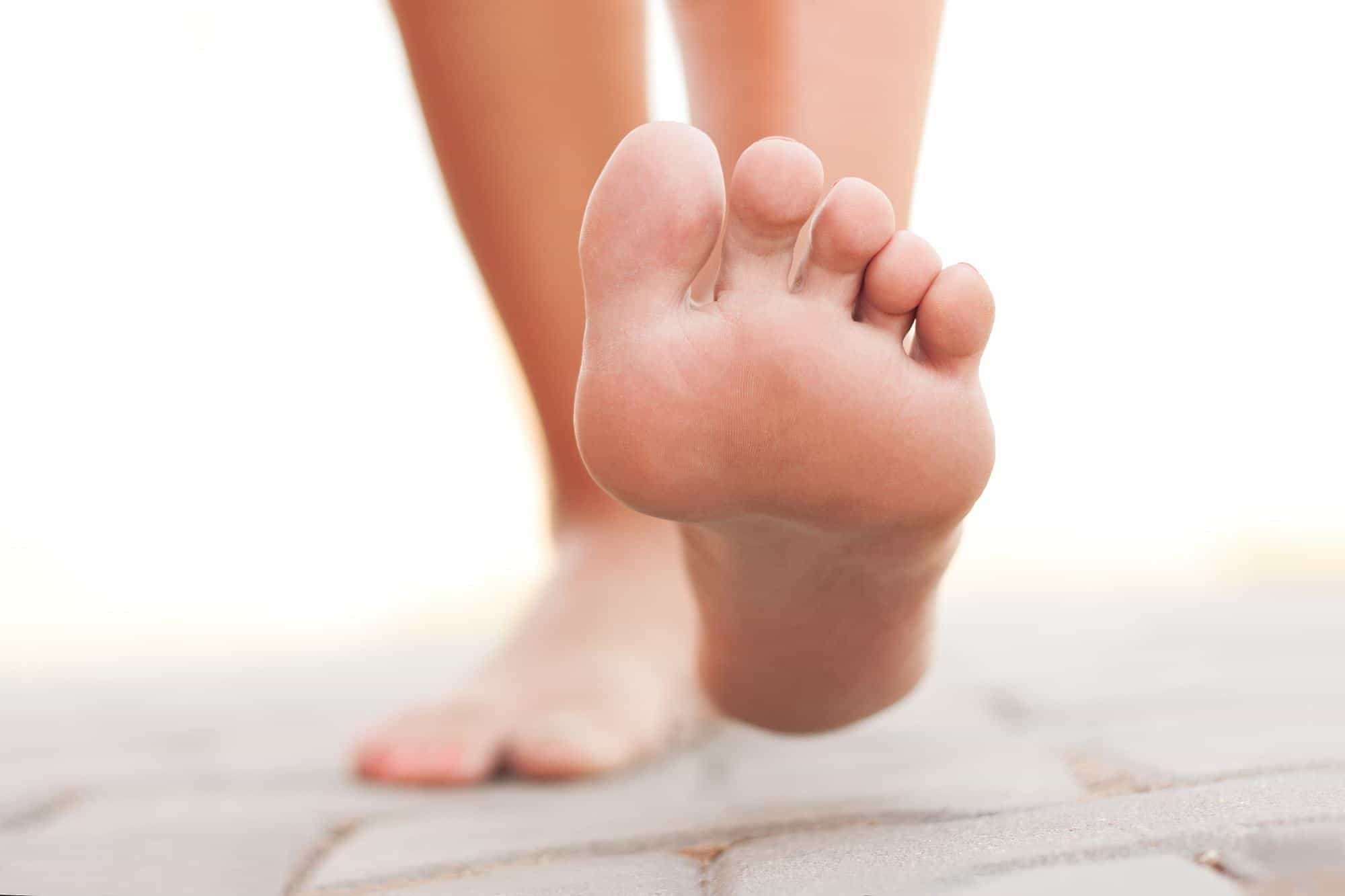
Learn about Drop Foot
Drop foot, also known as foot drop, is the difficulty or inability to lift the front part of the foot. This condition makes walking incredibly challenging. It affects an individual’s ability to raise their foot…
Drop foot, also known as foot drop, is the difficulty or inability to lift the front part of the foot. This condition makes walking incredibly challenging. It affects an individual’s ability to raise their foot at the ankle, and makes it difficult to point the toes toward the body.
Many people think that drop foot is a disease, but it isn’t. It is a gait abnormality that causes the front of the foot to drop due to weakness, irritation, damage, or muscle paralysis. Drop foot may occur due to injury to nerves that affect motion of the foot, or paralysis of the muscles in the front portion of the lower leg. The condition may be temporary or permanent, and it can occur in either one or both feet, depending on the severity of the injury or extent of muscle weakness or paralysis.
Causes of Drop Foot
There are many different injuries and conditions that can cause drop foot. Some of these causes include:
- Nerve damage
- Muscle or spinal cord trauma
- Toxins
- Injury to foot or lower anterior leg
- Complications from surgery
- Lower back conditions
- Stroke or tumor
- Multiple Sclerosis
- Diabetes
- Parkinson’s disease
- ALS or Lou Gehrig’s Disease
- Muscular dystrophy
- Cerebral palsy
- Motor neuron disease
The nerve that controls the ability to lift your foot is called the peroneal nerve. When this nerve is injured or compressed, the risk of developing drop foot increases. Some of the activities that commonly lead to compression of the peroneal nerve include:
- Leg crossing: Many people habitually cross their legs one over the other while sitting down. This action can compress the peroneal nerve in the upper part of the leg, which can contribute to drop foot.
- Kneeling: People who work in occupations that require repetitive or prolonged kneeling or squatting can also experience compression of the peroneal nerve. Activities like laying flooring, picking fruit or vegetables, or working underneath cabinets or cars can all lead to drop foot.
- Leg casts: While being placed in a plaster cast is done with the intention of healing an injury, the snug fit and limited mobility can put pressure on the peroneal nerve, which could cause drop foot. It is important that casts are properly placed and monitored to prevent nerve damage.
Symptoms of Drop Foot
People suffering from drop foot may drag their toes along the ground, or they may bend their knees to lift their feet higher than usual in an attempt to avoid dragging the foot against the ground. Other gaits, such as a wide outward leg swing, tend to indicate a “dropped” foot. It is important to monitor your gait if you believe that you are exhibiting signs of nerve damage. Recognizing the symptoms of drop foot will help you determine when to seek medical advice. Here is a list of some of the symptoms that an individual with drop foot may exhibit:
- Tingling or numbness in the foot
- Limpness
- Pain in the foot
- High gait
- Inability to point the toes away from the body
- Wide outward swinging of the legs and hips
- Difficulty lifting the front portion of the foot
- Muscle atrophy
An initial diagnosis may be made during a routine physical examination. If your doctor has indicated that you are showing signs of drop foot, you should have the diagnosis confirmed by a medical professional such as a podiatrist, orthopedic surgeon, chiropractor, neurologist, or neurosurgeon.
Treatment for Drop Foot
Treatment for drop foot can be successful when it is diagnosed quickly and the cause is established. Treatment for drop foot will depend on what is causing the nerve compression or damage. Generally, treatment options include:
- Splints or braces
- Nerve stimulation
- Physical therapy
- Surgery if traditional treatments are unsuccessful
Nerve Damage Caused by Negligence
There are many causes of nerve damage. Some injuries may be the result of accidents, and others may be caused by negligence. Nerve damage is a common result of negligent healthcare, especially surgical errors or errors in diagnosing a condition that is causing nerve compression.
If you believe that you have suffered a drop foot injury due to the negligence or carelessness of a medical professional during or after surgery, contact the medical malpractice lawyers at MedMalFirm.com to discuss your potential claim. We will walk you through a free initial consultation and investigate the facts of your case. For more information, contact us at 877-887-4850 or fill out our consultation form.
